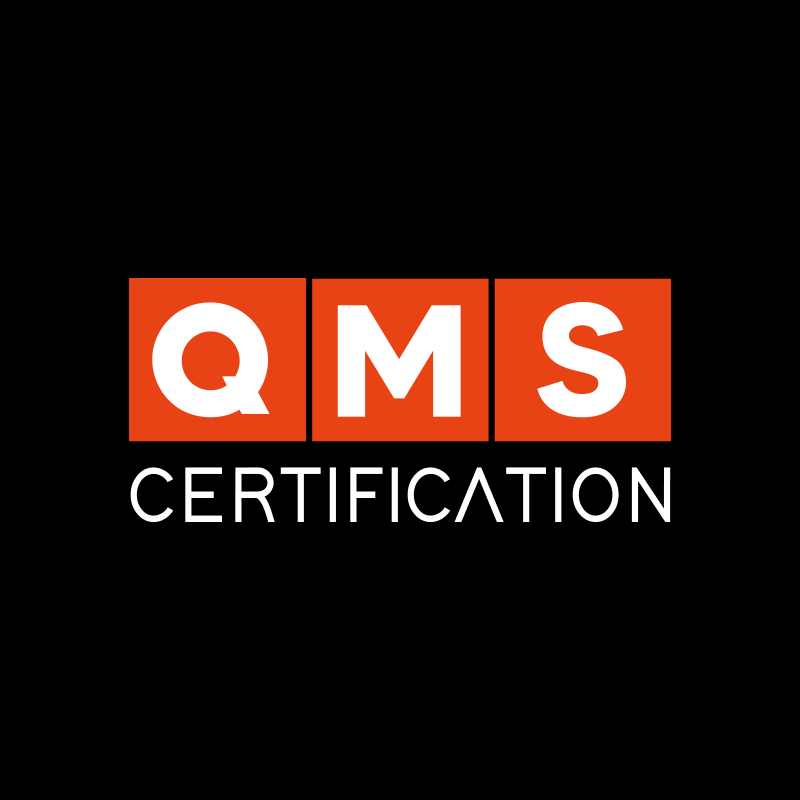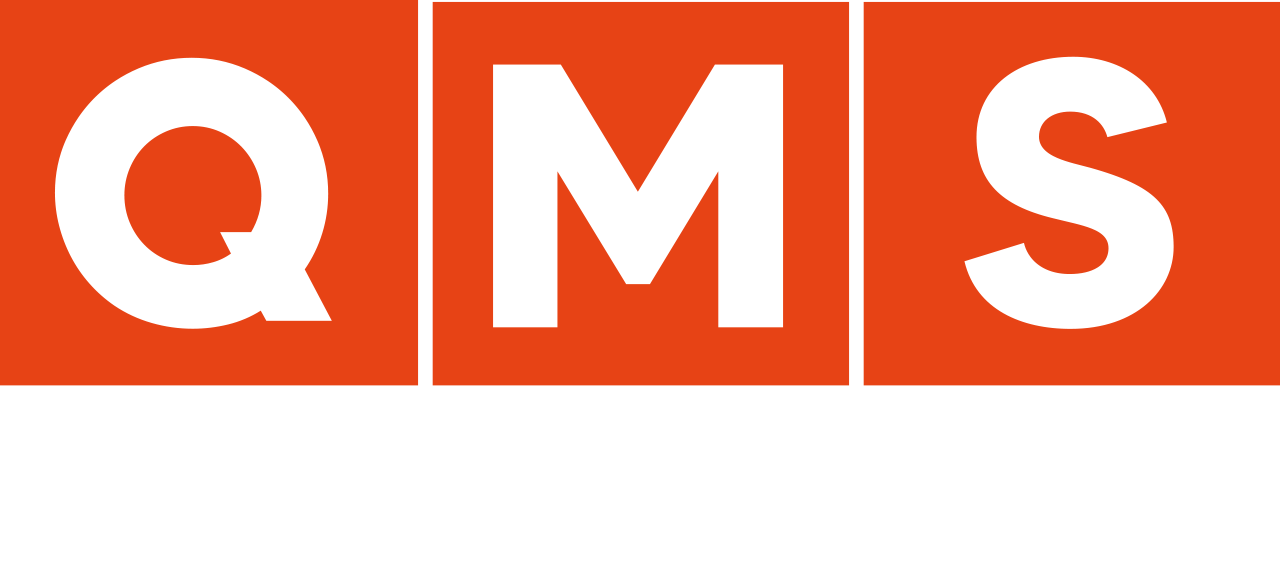This article offers valuable insights on how to improve the quality management system, encompassing five key strategies from critical analysis by management to continuous training, all aligned with the ISO 9001 standard.
The pursuit of quality excellence is a constant journey for any organization that aims for operational efficiency and customer satisfaction. Here, we examine five fundamental strategies to improve the Quality Management System (QMS) in accordance with the ISO 9001 standard.
Management Review: The Strategic Heart of the QMS
Management review should not just be a formality, but a strategic exercise that aligns the QMS with business objectives and is our first tip on how to improve the Quality Management System. This process should be a blend of normative review and business evaluation, where leaders not only meet the requirements of ISO 9001 but also use these analyses for strategic decision-making.
Implementation of Management Review:
- Conduct periodic reviews to ensure alignment with corporate strategy.
- Discuss KPIs, audit outcomes, and business metrics such as profit margins and process efficiency.
Enhanced Internal Audit: Constant Vigilance and Improvement
Internal auditing is a powerful tool to ensure compliance and identify opportunities for improvement. Instead of massive annual events, internal auditing can be distributed throughout the year to keep the QMS dynamic and responsive.
Improvements in Internal Auditing:
- Break down the audit process into smaller, more manageable stages.
- Conduct audits focused on different sections of the ISO 9001 standard periodically.
Disclosure of KPIs: Engagement and Transparency
Performance indicators (KPIs) are essential for measuring the effectiveness of the QMS. Sharing these metrics with employees increases transparency and promotes a continuous improvement environment, is an essential tip on how to improve your quality management system: be transparent in the data.
Strategies for Disclosure of KPIs:
- Use visual management and intranet to promote visibility.
- Encourage feedback and discussions around KPIs to improve engagement.
Assertive Communication: Aligning Quality and People
U Effective communication is vital for everyone in the organization to understand how their roles connect to the QMS. Personalizing communication for different groups within the company can result in greater engagement and understanding of quality objectives.
Effective Communication Tactics:
- Develop a monthly quality newsletter to share updates.
- Use strategic meetings to communicate the importance of quality in business success.
Continuous Training: Investment in Skills
Continuous education is the foundation for a solid Management System. By investing in training, individual competence as well as the collective capacity of the team to maintain and improve the QMS is elevated.
Fostering Training:
- Offer courses on ISO 9001 standard and internal audit practices.
- Establish mentorship programs and knowledge sharing.
Each of these strategies is a crucial component for a robust QMS aligned with the organization’s goals. By implementing these practices within the PDCA cycle, you can expect to not only meet the standards of ISO 9001 but also foster a quality culture that permeates all levels of your company.
Now we want to hear from you: which methods do you use to improve the QMS in your organization? Share your experiences and contribute to our quality community in the comments below.











